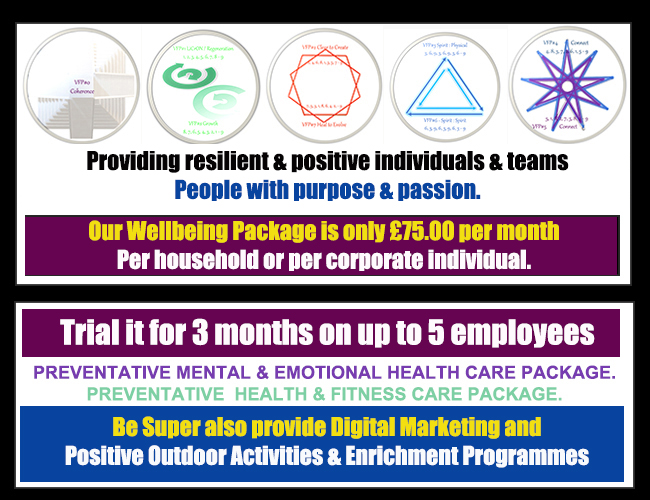Alongside the GKI Health Zones our ‘HRV Health Zones’ are also a significant indicator of optimal health and fitness.
HRV is widely recognised as a measurement tool that more accurately assessess physical, emotional, and mental harmony (overall wellbeing).
HRV may also be improved / increased with certain devices and breathing techniques.
HRV results provide an indication of your overall response to a change – this can be of great benefit as and when other results (such as GKI) don’t proceed as planned.
It is interesting that both GKI and HRV are indicators of emotional, mental and physical rest and relaxation. Both can be improved by greater activity of the PNS (Parasympathetic Nervous System); and both can be impacted on by lower levels of insulin and on the effective use of ketones for energy.
REF- https://www.ncbi.nlm.nih.gov/pmc/articles/PMC7672153/
Heart rate variability is a tool to assess and regulate emotional alertness, reactivity, and recovery with regards to both timing and magnitude in a given context – especially cardio and strength training.
While high HRV reflects a flexible and dynamic capacity for emotional responding, low HRV on the contrary, reflects a poor integration of contextual information and a rigid adaption of behavior to situational demands and exercise.
Our before and after HRV tests may be used to identify changes to highlight a negative or positive response to something.
According to recent research lower HRV is independently associated with lipid metabolism derangement, poor glycemic uptake, coronary heart disease, myocardial infarction, and above all, mortality. Reduced HRV is connected to the higher level of obesity, hypertension, coronary heart disease, diabetes, hyperlipidemia, and other components of metabolic syndrome.
The 4th decade and later is crucial – 40+ BEWARE:
Research has evidenced that for now, the fourth decade of life appears to be the period of time when the autonomic-metabolic aging process starts manifesting its cardiac autonomic dysregulation in obese people – and reduced HRV is a clear indicator of this.
It is not whether your individual HRV result is lower than somebody else (everyone is unique), it is whether your personal HRV is getting lower that matters. Regular testing can identify this. You can also put in place measures to actively increase your HRV – THIS IS SIGNIFICANT (THIS IS WHAT VFP#0 Coherence and VFP#1 LiCrON/Regeneration seeks to do).
– https://www.ncbi.nlm.nih.gov/pmc/articles/PMC6971797/
Poor Glycemic Uptake:
In conjunction with our HRV tests our GKI test (Blood Glucose:Blood Ketone Index Ratio) may highlight indicators of poor glycemic uptake.
For those people that undertake regular exercise (especially HIIT or strength training) their bodies better process/uptake glucose AND ketones from the blood into energy – this may be experienced with low blood glucose levels AND low Ketone levels.
I personally experienced a slight reduction in blood ketone levels during fasted exercise; however, I also recorded high HRV readings and low levels of stress – showing that what I was doing was not overly stressful; moreover it was positive for me. This overall perspective gave me a range of positive choices. Whereas, a lower HRV would have indicated the fasted exercise was causing me too much stress.
The opposite occurs in more sedentary individuals; and they will experience poor diffusion of glucose or ketones from the blood into energy – thus having a higher blood glucose level combined with a lower blood ketone level.
This is further supported with our GKI test, as it tests the Ketone Levels in the blood – Ketone Levels indicate that fat is being removed from the blood and fat for energy.
Athletes and those who strive to keep fit can now learn how to be healthy as well as fit:
Having a relatively low blood glucose level is a sign of fitness and health. However, lower ketones (caused by energy using ketones for energy), may also arise.
For maximum health it is essential to maximise the natural benefits of ketones and autophagy. Autophagy in particular, naturally removes any damaged parts or toxins from cells and replaces them with healthy new components.
N.B. The removal of toxins from the fat and out of the blood is often restricted in people who have insulin resistant foe some time. When you organs (especially your liver) are not functioning effectively, then using ‘binders’ to remove toxins is of benefit.
Autophagy only kicks in when your GKI ratio is at 3 or below (and is optimal at zones 2 and 1). It may start at 4 and the longer you remain at 4 or below the greater the cumulative benefits.
Our GKI test often confirms to top athletes and those who are super fit that they have excellent glycemic uptake, however, because their Ketone level production is often minimal (below 0.9) their GKI is often above zone 3 – below the levels of effective autophagy. Simple alterations to their meal times could induce the production of more Ketones and induce autophagy and render them to BE SUPER healthy as well as fit – it is that simple.
Similarly, excessive exercise during fasting, may burn off ketones and reduce the GKI ratio.
NB. HRV testing at such periods as above; objectively evidence if the body is stressed or calm in response to specific training periods.
Yo-Yo or pendulum lifestyle affects:
The PNS has a lower activation level called the dorsal vagus. This works like a pendulum that swings between arousal and relaxation. If it swings too suddenly or too often into the sympathetic / stressed system it may freeze – more here.
All of this is available wihin our Wellbeing Package.

